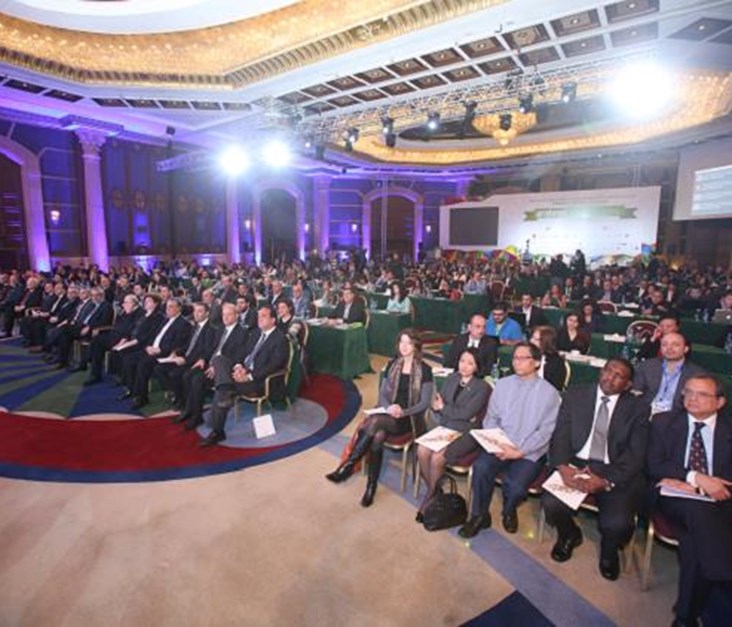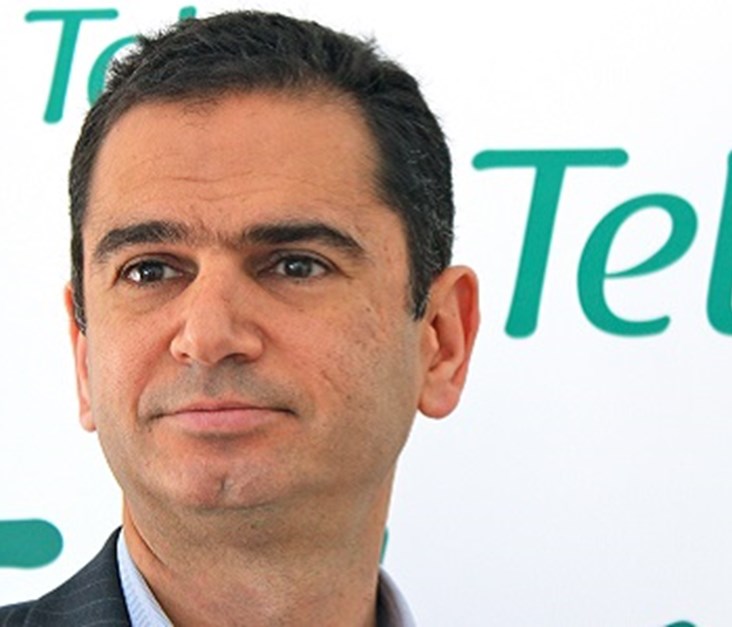What You Need to Know About Equity Crowdfunding
Back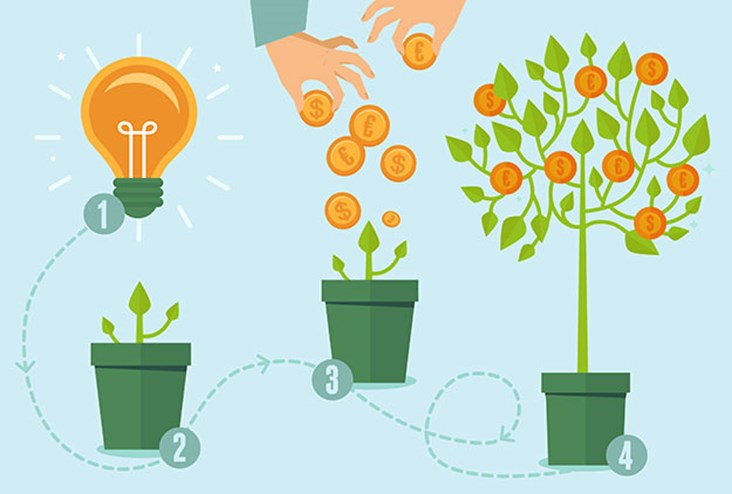
In the past year, 21 SMEs from Lebanon, Jordan, and UAE launched crowd investing campaigns on Eureeca. They had 90 days to reach their funding goals. Eleven of these SMEs succeeded, some in just a few days. Brother and sister Mousa and Hanae Ayoubi, the co-founders of the Jordanian-based flash sales e-commerce website Harir, reached their target of $50,000 in 8 days. At the 90th day, they had raised $101,688. Others took more time. Eman Hylooz, Founder of Abjjad, the Arabic book lovers’ social network, reached her goal of $120,000 on the 88th day. The time it takes for an entrepreneur to reach a funding goal is not as critical as actually reaching that goal. In a previous article, Jason Best, the Co-founder of Crowfund Capital Advisor, shared 8 tips for securing a successful crowd investing campaign. In this article, four SMEs—Harir, Poupee Couture, Abjjad, and Jopedu—will walk us through the steps of their success.
What Is Equity Crowdfunding
Unlike the reward-based crowdfunding platforms available in region—such as Zoomal—Eureeca allows SMEs to raise capital from the crowd in exchange for equity. Currently, Eureeca is the only equity crowdfunding platform focusing on the Middle East. Since its launch on June 2013, Eureeca has received over 600 applications from SMEs at different stages of their life cycle. “During our first conversation with every entrepreneur, we give them an important reality check: Funding is not easy, whether you do it online or offline,” says Christopher Thomas, CEO and Co-founder of Eureeca. “What [equity crowdfunding] does is make the process much more efficient and more streamlined.”
Eureeca has no ceiling for the amount of capital required. “We’ve had some applications looking to raise $12M,” says Christopher. In return, Eureeca charges every SME that has reached its target a certain rate fee. So it’s in the interest of both parties that the campaign succeeds. The whole process takes on average 6 months to complete, from the day entrepreneurs submit their application to the day they receive the money—a fair amount of time to raise investment.
“Financing is one of the main challenges facing entrepreneurs in our part of the world, and equity crowdfunding fulfills this need. It’s very innovative,” says Mousa from Harir.
Here are the six key takeaways from my discussions with the four SMEs on equity crowdfunding.
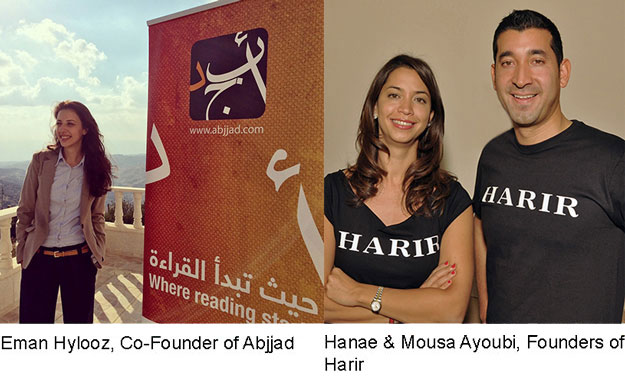
1. Think about raising capital as soon as you launch your startup
One particular observation that surprised me was that most of the entrepreneurs I interviewed never planned to raise equity until the very last moment. Roula Ghalayini, Founder of the fashion brand Poupee Couture, designed her first handbag for personal use at a cost of $200. She never thought that one day her fashion designs would be featured on Vogue magazine, Cosmopolitan, and many others. In three years, Roula saw her herself turn into an entrepreneur that sold beautifully designed handbags to over 30 countries worldwide. Up to this point, she was bootstrapping her business. Every bag she sold covered the cost of producing a new one, with a small margin that was enough to cover her personal expenses. “My business was growing at a healthy rate, but I needed to inject a bit of cash to catapult to the next level,” says Roula. “That’s when I started thinking of funding options.”
Like Roula, Eman did not expect her Jordanian-based startup, Abjjad, to experience rapid growth and to need to raise equity so soon. In the summer of 2012, Abjjad was admitted into the acceleration program at Oasis 500, and in the three months of the pilot launch, the level of traffic to the website reached unexpectedly high numbers. The website received more than 10,000 users in the first month. The seed investment Eman received—$15,000 in cash and $15,000 in kind—was “barely enough for Abjjad to survive for 3 to 6 months,” says Eman. She needed money, and her ordeal of finding investors lasted for almost a year. “The problem is that in the Middle East, the online startup scene is pretty new. The number of investors in that field is limited,” says Eman. She participated in every startup event she could and pitched to local and international investors. “I had a lot of good feedback, but it was so hard to really close a deal with an investor.” The only thing that kept Eman going was the continuously high traffic she kept receiving to her website. Finally, she met Eureeca. “I was very afraid at the beginning. It was a very new idea. Usually crowdfunding is for non-profit organizations where you get funding without giving equity in return,” she says.
“Crowdinvesting is an alternative way of funding that doesn’t replace other methods,” says Hanae Ayoubi from Harir. “What’s interesting about it is that it is validated by the crowd. And it’s ideal for startups because at first a business would be too small for other methods.”
Hanae and Mousa were self-funding Harir, and although they were looking, they couldn’t find the right investor for their project. “What we really liked about Eureeca was the structured method to fundraise,” says Mousa.
Because finding the right investor and closing a deal is an arduous process, Christopher Thomas advises entrepreneurs to “start thinking about raising money a lot earlier than needed—as early as the day after they think about setting up a business—and to structure the business alongside this plan.”
2. Ask for assistance to create foolproof financial documents and excellent marketing campaigns
There are many things entrepreneurs need to prepare before they go live with their funding campaign, and this process takes approximately one month. First, they need to set up a thorough business plan and prepare the valuations, alongside all other financials. They also need to run due diligence on all the people involved with their companies. For Mousa and Hanae, this was an easy task. Mousa previously worked in management consulting, and Hanae had a solid analytical and quantitative background. “We crosschecked our valuations with our friends to see if it was sound, and we checked it with Eureeca as well,” says Mousa.
All financial documents need to be structured properly and legal compliant. If entrepreneurs need help preparing these documents and making sure the numbers make sense, it is always preferable to seek assistance. They can connect with professional people from their own network or from Eureeca’s, or they can use Eureeca’s templates.
“For people like me that come from a creative background,” says graphic designer Roula, “business is something we acquire but are not educated in. In that sense, having templates available is a life saver.”
Next, entrepreneurs need to develop a marketing campaign that will build as much momentum as possible prior to going live. The marketing campaign involves everything from creating an interesting 3-minute video to sending e-mail shots and running campaigns on social media. “How you market your idea determines the success of your crowdfunding project,” says Roula. “If you have a great idea but you did not market it properly through your video, or you didn’t capture your investors within 30 seconds, then your campaign has failed.”
Entrepreneurs can always benefit from second opinions. It is very helpful to have someone review the video, for instance, and give feedback on the script. “Crowdfunding is all about how you really drive the campaign of your business,” says Christopher.
“After one month of preparation, we created an excellent profile for Abjjad that answers every investment question,” says Eman. Having all informational easily accessible to everyone online streamlines the funding process. “Once I send interested investors the link to my campaign, they will have access to any document they need. If they like what they are seeing, they can wire the money and become investors in Abjjad within 2 days,” says Eman. The chances of investors losing interest because of the back-and-forth process of sending documents is significantly diminished.
Unlike the majority of SMEs, Jopedu, the Jordanian multimedia merchandising and marketing platform, took a full eighteen months to finalize preparations—but that’s an exception. When Eureeca approached the cofounders, Jopedu was still heavily present offline. “We wanted to plan everything perfectly. We wanted to launch our website. We wanted our people to be ready,” says Tamer AlMasri, Jopedu’s Co-founder. “We went live only when we felt confident. And it turns out we made the right decision. We reached our goal of $100,000 in 4 days.”
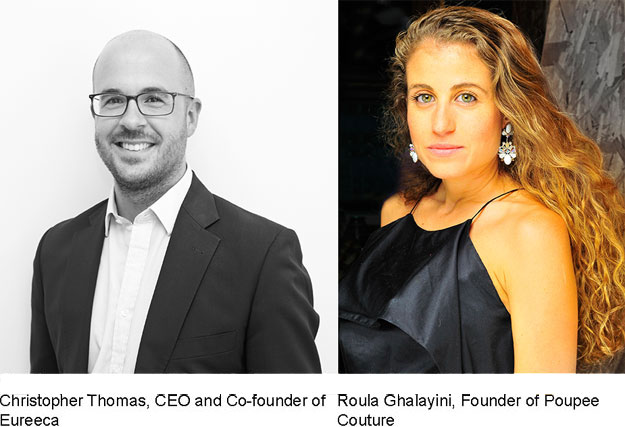
3. Choose a realistic fundraising goal
Deciding how much money an entrepreneur needs to raise is tricky. In crowdfunding, if you don’t reach your target in 90 days, you lose any money you raised during that time. “We picked a 50k target because we weren’t sure of the crowd in the Middle East and how much they would actually invest,” says Mousa, who lived most of his life in Canada.
Abjjad’s founder was a tougher risk taker. She decided to raise $120K. “Anyone who looks at online startups and sees how competitive this field is would realize that we need more than that,” says Eman. “Our competitors raise anywhere between $200K and $1M. I asked for $120K because Abjjad was gaining traction without paying a single penny on marketing. Our growth was all organic.” By the end of the campaign, Eman had 25 investors on board. The average size per ticket was $5000, and the highest ticket she received was around $12,000. These numbers vary from one SME to another. Hanae and Mousa had 34 investors, and most invested $2500 per ticket; their largest ticket was $10K. Roula got 18 investors; the average size per ticket leveled at $6000, and she specified the minimum to be $2000. “The idea of having hundreds of investors for my baby was a bit off-putting for me. I only wanted those who are committed to go on board. I knew it was a risk, but if the minimum allowed investment was as low as $500, I would have investors who would jump in without giving it much thought. But if they had to pay a minimum of $2000, they would stop and think it through,” explains Roula.
Based on these numbers, entrepreneurs can do their analysis to estimate the average size per ticket they might get in their own fundraising campaigns. After they have settled on the amount of money they need to raise, they would be able to calculate how many investors they need to get. But to reach that target, how many people does an entrepreneur need to approach? This brings us to point number 4.
4. Get 25-30% of investors on board even before you go live
One of the surefire conclusions anyone could make from observing local and international crowdfunding campaigns is that the more momentum a startup builds prior to going live, the higher the chances of its success. And by building momentum, I mean securing at least 25% of investors even before your campaign goes online. Most of the time, the initial batch of investors are people that the entrepreneur already knows—people that are part of their customer base or fans, not necessarily friends or family. “Entrepreneurs don’t realize what their networks are made of,” says Christopher. Almost 25% of Abjjad’s investment came from the website’s users, and 60% of Poupee Couture’s investors were customers and other people in Roula’s network. “I made a list of 50 people I met at one point in my life and thought would be interested,” says Roula. She never thought this list would comprise the bulk of her future investors.
Strangers need to see that the startup is validated by its own network before they dive in. When they spot a company that has already reached 20-30% of its funding goal in the first few days of the campaign, they get motivated to invest.
Hanae and Mousa did a great job leveraging their networks in Canada, London, and Jordan. They approached colleagues, classmates, friends, and customers. A few days before going live on Eureeca, they prepared people and gave them heads up on the launch of their campaign. 40% of the investors in Harir were from the co-founders’ immediate contacts, 20% were from friends of friends, and the last 40% were from people in UAE and KSA that Hanae and Mousa never met.
Eman’s huge efforts also paid off. Eventually, she had Hayfa Najjar and Fadi Ghandour, among others, invest in her startup. “We have a professor in finance from George Washington Town. She invested in Abjjad even though I met her just once in my life for 2 hours, and when we left the next day she wired like 10,000$,” recounts Eman. “So now whenever I need anything, I have 45 people I can ask.”
5. Have at least one member of the team completely dedicated to the campaign
During those 90 days, have one member of the team completely committed to the campaign. It is a full-time job. “I was working day and night, talking to people everyday and sending emails,” says Eman. “I was launching the campaigns on Facebook and Twitter. I did more meetings in those three months than I have ever did the whole year. If you don’t follow up, people will forget about you.” Bottom line is, if you can’t commit to this campaign, make sure someone is filling in your shoes and doing all the nagging needed to reach your target.
6. Be prepared for the process afterwards
After the 90-days are over, and your emotions are exhausted, it would be a good idea to sit back and take a breath. But, the money is not yet in your pockets. Before that, you need to perform due diligence on every single investor, and the larger the number of investors, the more scattered they are, and the more follow up you will need to do. There are different legal requirements based on each country. You will have to gather documentation, such as proof of address, bank statements, etc. Be prepared to do a lot of legal paperwork. However, we cannot say that raising money through a VC is less difficult. It’s not easy money. You just need to be prepared and 100% committed.
ALSO SEE: 4 Vital Steps To Raise Seed Funding
Latest Business
Intelligence Report












